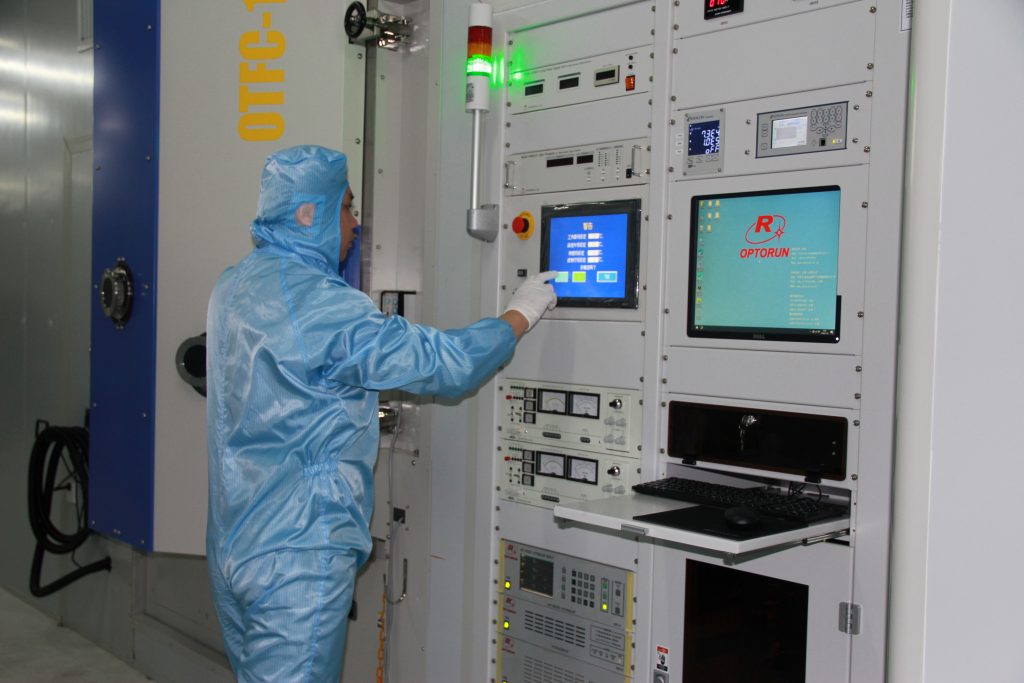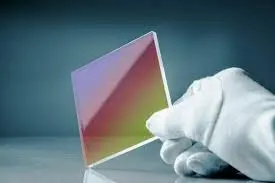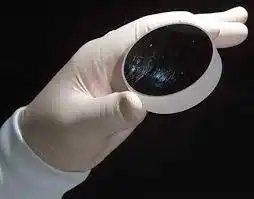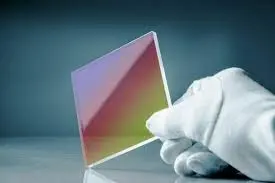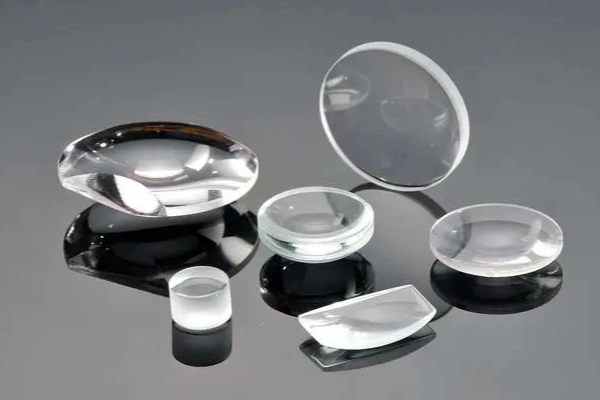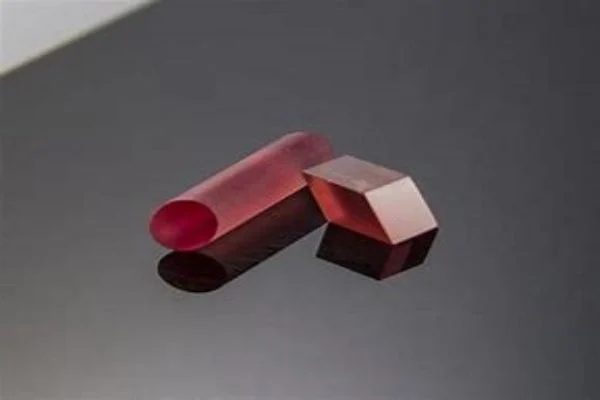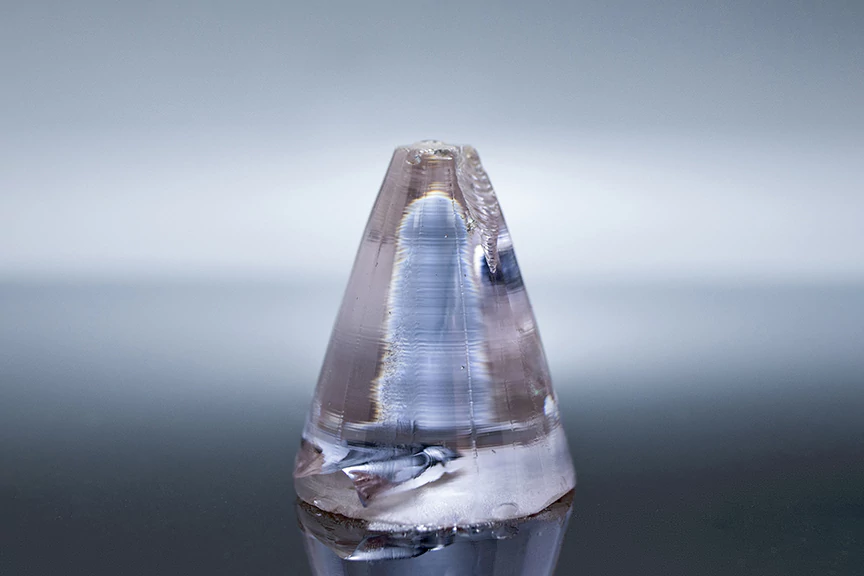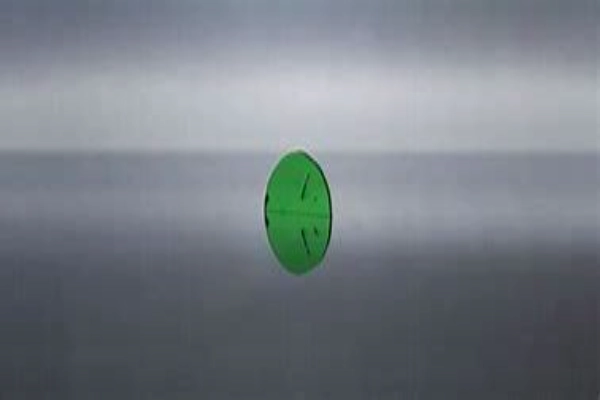Coating Types and Beneficial Effects on Er,Yb Glass + Co:spinel Bonding Crystals
1.Introduction Coating technology is essential for enhancing laser crystal performance. By improving optical properties at the crystal surface, coatings reduce energy losses, stabilize laser operation, and optimize energy conversion efficiency (ECE). For Er,Yb glass + Co:spinel bonding crystals, coatings are particularly important due to specific optical requirements and applications in high-power laser systems, optical communications, and precision industrial processing. Even minor optical losses in these scenarios can significantly affect performance.Coatings also protect crystal surfaces from environmental factors like moisture, dust, and mechanical damage, extending system lifespan and reliability. By applying anti-reflection (AR), high-reflection (HR), and partial-reflection (PR) coatings, ER-Yb crystals …
Coating Types and Beneficial Effects on Er,Yb Glass + Co:spinel Bonding Crystals Read More »

